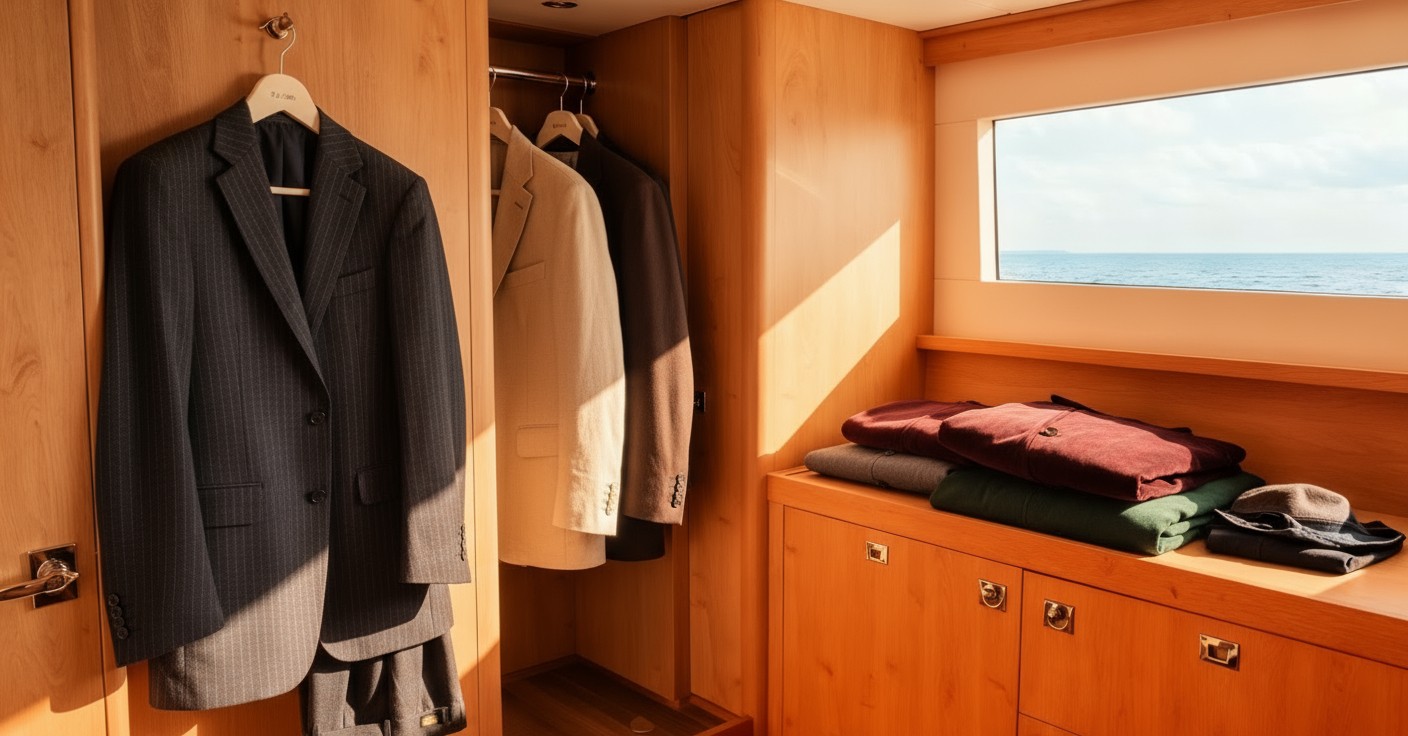Long-Term Wardrobe Solutions for Expats in Thailand

Living as an expat in Thailand comes with many advantages but also particular challenges when it comes to professional dress. The tropical heat, high humidity, cultural expectations, and varying workplace dress codes all combine to make corporate wardrobe choices more complex than simply importing what you wore back home.
If you plan to stay in Thailand for the long term, investing in well-made garments via a good tailor is one of the smartest moves. Here’s how to build a sustainable corporate wardrobe, what to watch out for in tailoring, and how to get the best value from your tailor in Thailand
Why Go Tailor-Made: The Long Term Advantages
Fit & comfort. Off-the-rack sizes are often designed for Western climate conditions. Tailored clothing lets you adjust sizing, cut, and lining, so your clothes are breathable and comfortable in heat and humidity.
Durability. Higher quality fabrics, stronger stitching, and construction suited for frequent wear and cleaning mean garments that last much longer.
Style & professional appearance. Thai business culture tends to favor neat, well-pressed, conservative styles. A bespoke suit or shirt sends a signal of respect and professionalism.
Cost efficiency over time. While the upfront cost is higher, you’ll need to replace or alter standard garments frequently. If you do tailoring well, the cost per wear drops significantly.
Versatility. With good tailoring, pieces can be adapted, repurposed, or layered, so you need fewer but better items in your wardrobe.
Key Considerations for Expats When Building a Corporate Wardrobe in Thailand
Fabric choice
Choose breathable fabrics like lightweight cotton, linen, or tropical wool to stay cool and manage moisture. In air-conditioned offices, light linings add structure without overheating, and for shirts, cotton poplin, broadcloth, or quick-drying blends keep you crisp and comfortable.
Cut/style
Opt for slim cuts with enough room to move, especially at the shoulders. Choose unlined or half-lined jackets for ventilation and lightweight trousers with soft pleats for comfort.
Wardrobe staples
Maintenance & adaptability
Care for tropical fabrics with proper washing, pressing, and mildew prevention. Expect body changes over time and plan your wardrobe for seasonal shifts like rain or intense heat.
Cultural and workplace expectations
Pay attention to how local professionals dress. Formal sectors like banking, law, or government usually expect conservative cuts, while creative or tech fields allow more flexibility. When meeting senior executives or clients, it’s safer to choose formal attire, and always dress modestly in settings like temples or government offices.
Long-Term Strategy: How to Phase Your Wardrobe
Don’t try to do everything at once. Here’s a suggested phased approach to building a long-term corporate wardrobe:
Common Mistakes & What to Avoid
Choosing a tailor based only on lowest price as it may lead to inferior fabric, rushed construction, lack of durability.
Underestimating the number of fittings or not doing a test run: always do a test garment or at least have one item done first to assess fit.
Picking heavy or fully lined jackets blindly. These may be uncomfortable in heat, may require dry-cleaning more often.
Not keeping measurements, tailoring options open. Your body changes, climate needs change.
Ignoring local norms. What’s acceptable in Western business may be seen differently in Thailand. Even modest choices go a long way toward projecting professionalism and cultural awareness.
Why Jesse & Son Can Be Your Long-Term Partner
Consistency: Repeat experience, consistency in fit, fabric, finish across multiple garments.
Measurement storage: Keeping your dimensions so future orders or adjustments are faster.
Service quality: Willingness to tweak, make adjustments, revisit past pieces for maintenance.
Good counsel: Guiding you on what fabrics work, what styles are timeless, what fits local business expectations.
Ethics & transparency: Fair pricing, clear communication, no hidden fees or surprises.
Summary: Building a Corporate Wardrobe That Lasts
To wrap up:
Start with the right fabrics and fits suited to Thailand’s climate.
Invest first in staples and gradually build versatility.
Choose a tailor you trust: one who delivers quality, transparent pricing, good service, and keeps your preferences in mind.
Maintain your garments, adapt as your role or climate shifts, and don’t be afraid to re-adjust.
With thoughtful investment and a reliable tailor, expats in Thailand can build a professional wardrobe that looks sharp, feels comfortable, and lasts many years.

